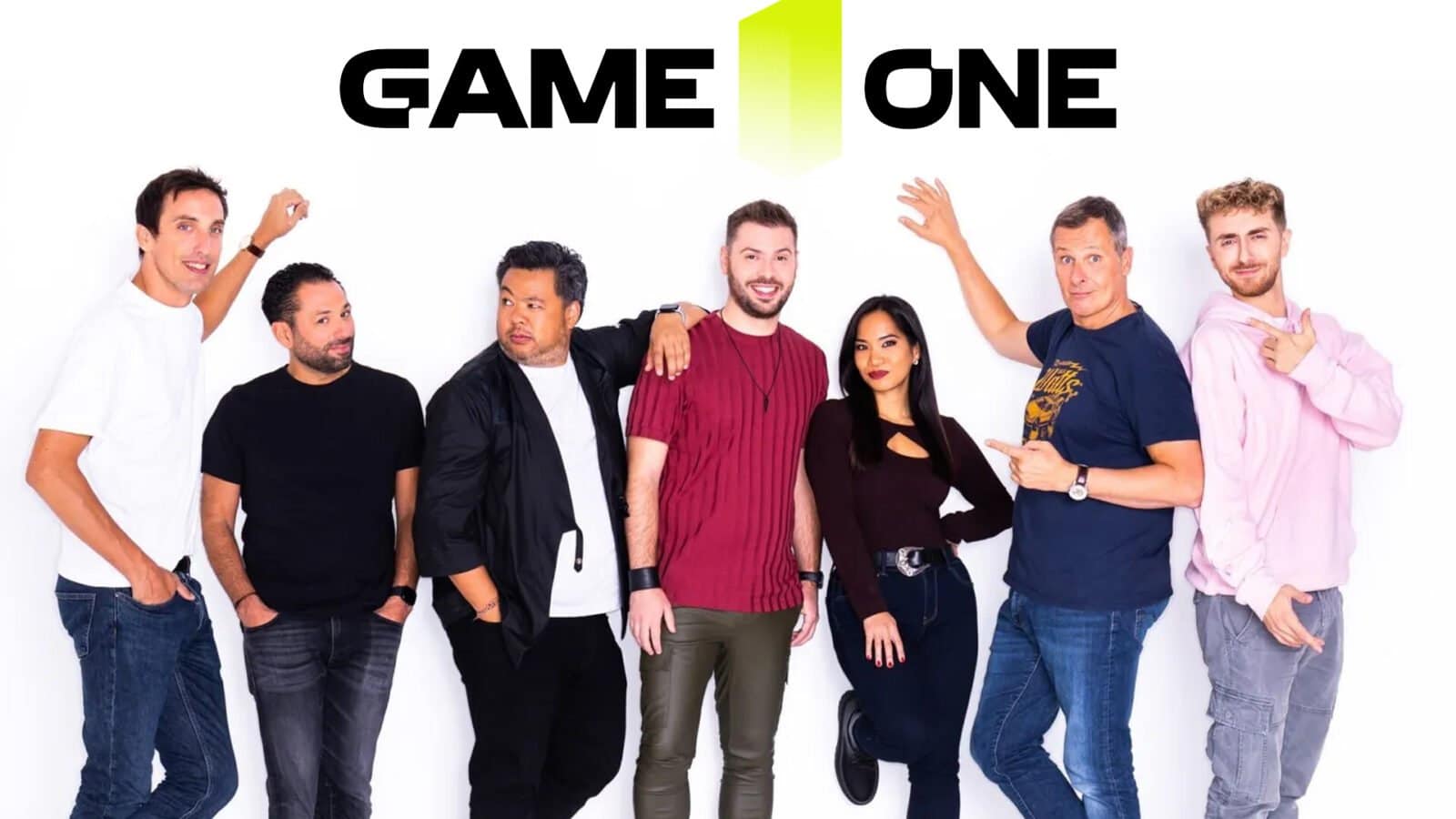New Options for the Kickstarter
The Bang² Busters 2 Kickstarter continues to move forward at an impressive pace, supported by a passionate and highly engaged community. After
Welcome to PixelHeart, publisher and distributor of independent Retrogaming and Next Gen video games.
The decision by Paramount Networks France to shut down Game One at the end of November 2025 has struck a chord with many enthusiasts. Launched in 1998, this iconic television channel accompanied several generations of gamers, playing a major role in recognizing video games as part of mainstream culture in France. Its closure represents much more than a media restructuring, it highlights the ongoing challenges the industry faces in achieving full recognition and support.

Game One debuted on September 7, 1998, when video games were still widely seen as a hobby for children. As the first French TV channel fully dedicated to gaming, it helped shift that perception. Programs like Level One and Retro Game One allowed millions of viewers to discover games through passion, analysis, and cultural insight.
But Game One’s contribution extended beyond gaming. The channel also played a key role in popularizing geek culture in France. By showcasing Japanese animated series, manga-focused programs, cult films, and science fiction content, Game One helped an entire generation connect with a rich and imaginative world. This exposure made geek culture more mainstream and socially accepted.
For over 25 years, the channel served as a bridge between the gaming community and the general public, legitimizing interests that were once marginalized. Its diverse lineup helped democratize and celebrate a culture that today forms a central part of global entertainment.
Yet despite being profitable, generating over €2 million in annual net profit, Game One will go off the air. Paramount Networks France made the decision as part of a larger corporate restructuring following the merger between Paramount Global and Skydance. The move appears to be driven more by strategy than finances.
The shut-down of Game One illustrates a broader shift: the decline of traditional broadcast media in favor of digital platforms. YouTube, Twitch, and on-demand streaming services have revolutionized how audiences consume content. Viewers no longer tune in at scheduled times, they watch what they want, when they want.
Although gaming has always been at the forefront of technological innovation, the end of Game One shows that traditional media structures have failed to adapt quickly enough. Independent creators, streamers, and YouTubers have successfully captured massive audiences, while legacy networks struggle to stay relevant.

The paradox is striking: even though video games are now recognized as an art form, a storytelling medium, and a powerful economic force, many corporations and institutions still struggle to give them stable, long-term visibility. Game One’s shutdown doesn’t reflect a lack of audience interest, it reflects a disconnect between traditional business models and modern gaming culture.
During the COVID-19 pandemic, many people who had previously dismissed video games finally gave them a try, and fell in love. Though a dark period, it transformed the gaming industry by introducing new players and curious minds who discovered gaming as a source of comfort, connection, and creative exploration. This global event accelerated the recognition of gaming as a universal form of expression and escape.
Today, games are viewed as true works of art. They no longer exist just to entertain; they tell stories, evoke emotions, and explore profound themes. Many titles take players on emotional or visual journeys, while others highlight cultural heritage or historical events. Games have become tools for storytelling, education, and cultural dialogue.
Paramount’s decision, tied to its merger with Skydance and a broader media restructuring, underscores how vulnerable the gaming world remains to corporate strategies that prioritize traditional television over modern cultural engagement. It’s a reminder that, even as gaming gains recognition, there’s still progress to be made in ensuring stable media representation and institutional support.
Video games have become an essential space for artistic expression, education, and social connection. They transcend age, geography, and language. Yet, the media infrastructure that supports and celebrates them must evolve to reflect this reality.

Game One’s closure doesn’t stop with one channel. Its sister network, J-One: dedicated to Japanese animation and culture, is also expected to shut down. Paramount Network France might follow as part of the same corporate plan. These closures reflect the broader withdrawal of traditional TV from audiences seen as too “niche,” even though this so-called niche represents a vast and loyal community.
Preserving Game One’s archives, cult programs, and three decades of cultural content is vital. These materials are part of France’s media and gaming heritage. Losing them would mean erasing a piece of history that helped shape the country’s relationship with video games and geek culture.

As Game One fades, independent media, streamers, and online creators continue its mission. They represent a new, more dynamic way of discussing games freer, more authentic, and closer to players. However, their rise shouldn’t come at the cost of a diverse media ecosystem where both independent and institutional voices coexist.
The end of Game One marks the close of an era, but also a wake-up call. Although video games are now recognized as art and a thriving global industry, true progress requires concrete support, through dedicated media, preservation efforts, and cultural acknowledgment. Companies must realize that gaming is no longer just a market: it’s a core part of modern identity and shared culture.
Don’t miss our latest news, follow us on our socials! 😉
© 2025 PIXELHEART Corporation. All rights reserved.
The Bang² Busters 2 Kickstarter continues to move forward at an impressive pace, supported by a passionate and highly engaged community. After
The Kickstarter campaign for Bang² Busters 2 keeps gaining momentum, and we are thrilled to announce that we have now reached 80
The adventure of Bang² Busters 2 is reaching its most exciting moment yet! The Kickstarter campaign is nearing its €35,000 funding goal,
*(1) Hors les pays d’Europe suivants : “Chypre, Croatie, Finlande, Grèce, Roumanie”
*(2) Pour le reste du monde, les DOM-TOM et les pays d’Europe suivant : “Chypre, Croatie, Finlande, Grèce, Roumanie”, les frais de port offert à partir de 300 € d’achat ne seront pas appliqués si vos commandes dépassent un certain volume. Si vous avez des questions liées aux frais de port offert, n’hésitez pas à contacter notre service après-vente sur le mail [email protected].
*(1) Excluding the following European countries: “Cyprus, Croatia, Finland, Greece, Romania”
*(2)For Rest of the world, the DOM-TOM and the following european countries: “Cyprus, Croatia, Finland, Greece, Romania”, the shipping costs offered from 300 € of purchase will not be applied if your orders exceed a certain volume. If you have any questions related to free shipping, do not hesitate to contact our after-sales service on the email [email protected].